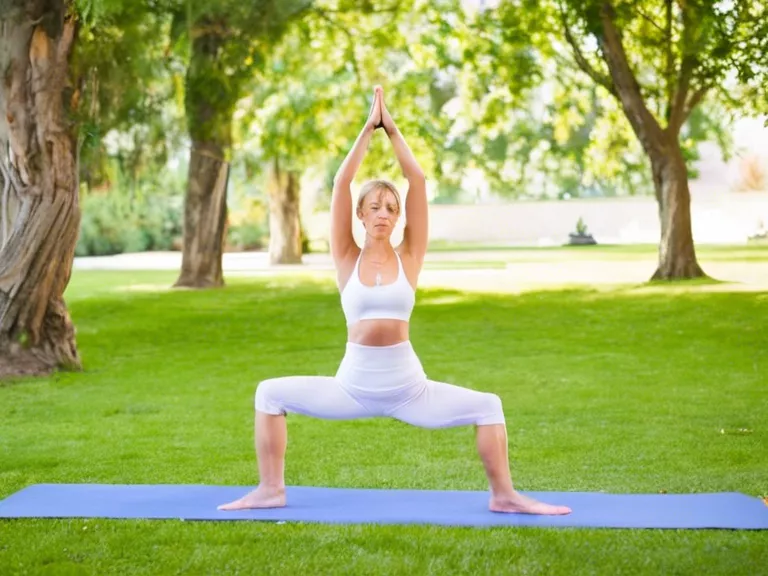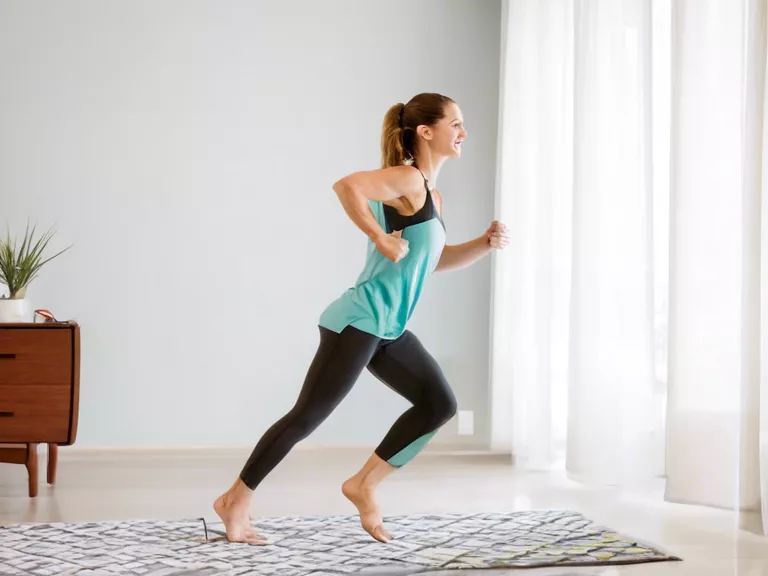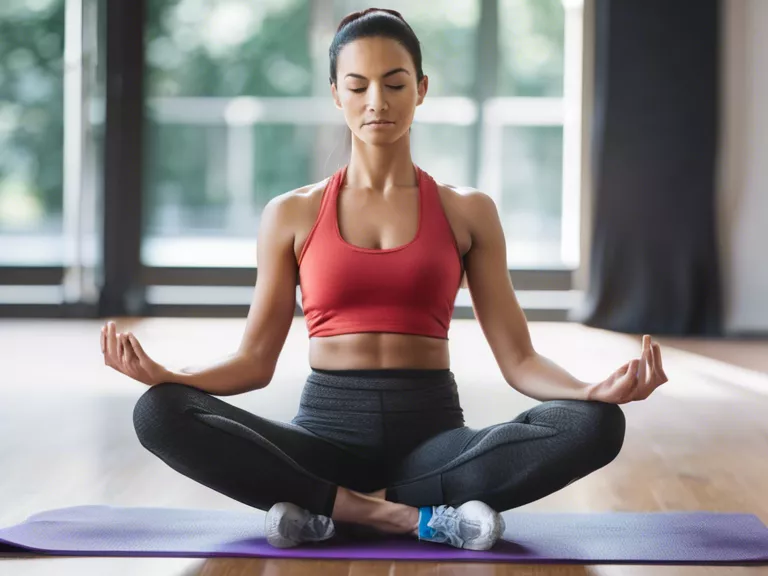
Yoga is a fantastic way to improve flexibility and overall fitness. By incorporating yoga into your regular routine, you can increase your range of motion, prevent injuries, and enhance your overall well-being. This article will guide you on how to incorporate yoga into your fitness routine specifically for flexibility.
First and foremost, it's crucial to choose the right type of yoga practice that focuses on flexibility. Styles like Hatha, Yin, and Restorative yoga are excellent choices as they involve holding poses for a longer period, allowing your muscles to relax and lengthen. These styles can help release tension, increase flexibility, and improve joint mobility.
When starting to include yoga in your fitness routine, begin by adding a few sessions per week. You can either attend classes at a local studio or follow online tutorials at home. Consistency is key, so aim to practice yoga regularly to see improvements in your flexibility. Set realistic goals and track your progress to stay motivated.
Incorporating yoga poses specifically targeting flexibility can further enhance your results. Poses like Downward Dog, Cobra, Pigeon, and Butterfly are great for stretching tight muscles and increasing flexibility in key areas such as the hamstrings, hips, and back. Include these poses in your practice and hold them for at least 30 seconds to allow for deeper stretching.
In addition to asana practice, consider adding dynamic movements like sun salutations or flowing sequences to your routine. These movements help warm up the body, improve circulation, and increase flexibility over time. Remember to focus on your breath while practicing yoga to enhance relaxation and deepen your stretches.
Lastly, don't forget about the importance of rest and recovery in your fitness routine. Restorative yoga poses and relaxation techniques can help reduce muscle soreness, improve flexibility, and promote overall well-being. Listen to your body, honor your limits, and make time for self-care to support your flexibility goals.



